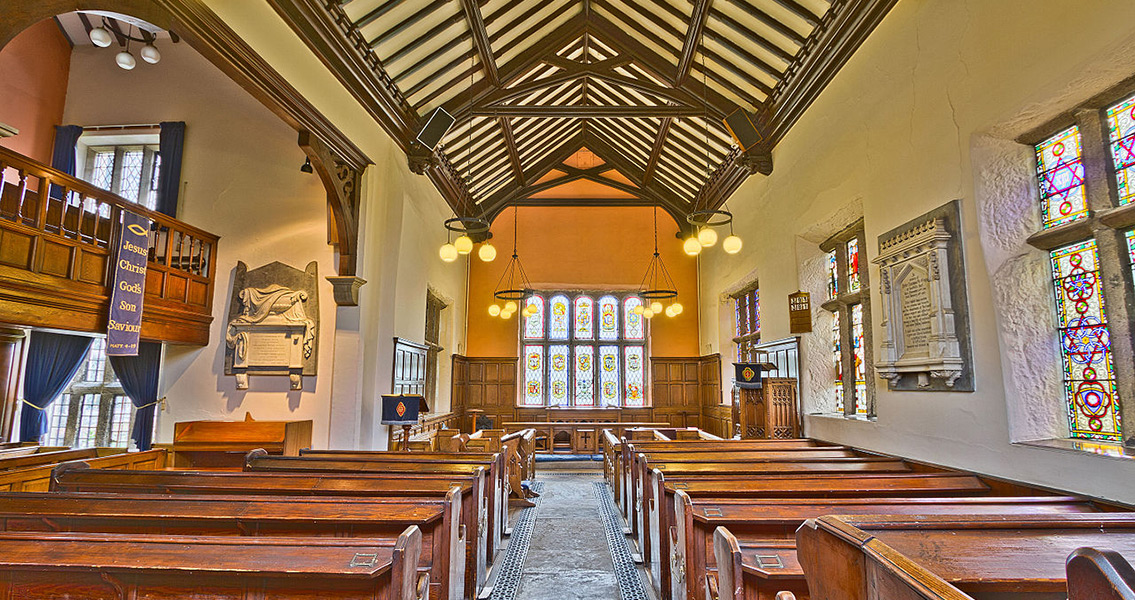<![CDATA[Markings used in the medieval era to protect against bad omens and evil spirits have begun to be discovered on historic buildings in Bolton, a town in the north-west of England. As part of a national endeavor known as the Medieval Graffiti Survey, Bolton Archaeology and Egyptology Society has taken up the task of recording the wide variety of marks made to local buildings, in order to begin building an understanding of what the English of yesteryear feared or held to be superstitious. The society is specifically interested in buildings that were built before 1700 CE – or have elements that were constructed before that date. The cataloging work in Bolton began recently with society members touring local museum Hall i’th’ Wood, a former sixteenth century manor house. The society was given access to several rooms that are usually not available to the public, providing members opportunities to gather information on myriad so-called “witch markings”. These telltale signs include burns on the walls left behind by lit tapers, daisy wheels and a double V symbol that would have symbolized “Virgin Virgins” at the time. Many of these symbols had been carved into wood or stone in close proximity to many of the museum’s entrances in an effort to ward off dangerous evil spirits and witches from crossing thresholds like doorways and windows, according to Ian Trumble, Bolton Archaeology and Egyptology’s chairman. In an interview with The Bolton News, Trumble said the member-only tour of Hall I’th’ Wood gave society members something to be enthusiastic about. Currently, the society has around 10 to 15 members dedicated to the local graffiti survey. However, Trumble hopes an upcoming tour of the hall that’s open to the public will generate increased interest, resulting in people volunteering to help. The society is also organizing a training day to help provide the necessary tools and instruction in identifying and cataloging Medieval-era graffiti. After completing the survey of Hall I’th’ Wood, the society will be looking at other historic buildings in Bolton such as Smithills Hall, Bolton Parish Church and Deane Church. Anyone working with the society will be entitled to visit areas that normally would be closed to the public. Trumble hopes that owners of buildings in the area that were built before 1700 CE will reach out to the society. The witch markings of the Medieval period aren’t much different in tone than some of the superstitious customs we have today. Offering a “bless you” to someone who sneezes or nailing a so-called “lucky” horseshoe to a wall or doorway would be modern equivalents of these older practices, though these markings vary according to regional differences and the idiosyncrasies of local beliefs, said Trumble. It’s also important to see how these markings evolved over time and with use, the chairman added. Hall i’th’Wood is an excellent example of this, as it was originally a farmhouse before becoming a manor home. This means it offers an excellent opportunity for study, Trumble said. ]]>
Evil Spirit Deterring Graffiti Discovered on Medieval Buildings
